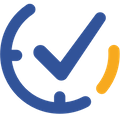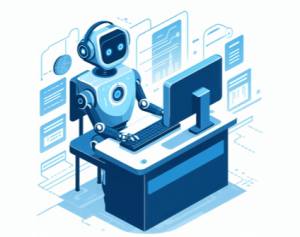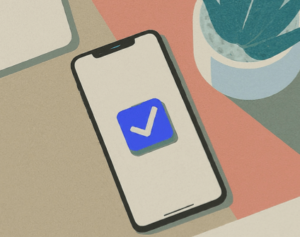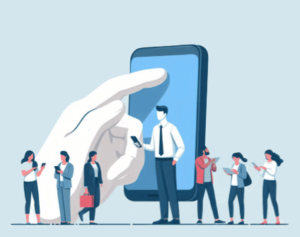Imagine a world where your to-do list organizes itself, your data reveals hidden insights at the click of a button, and routine tasks complete themselves while you focus on what truly matters. Welcome to the AI and automation revolution – a game-changer supercharging productivity across industries and empowering individuals like never before. Let’s dive into how these technologies are reshaping your work, with real-world examples and actionable tips to boost your productivity.

1. Your Personal AI Task Manager
The Challenge: Juggling multiple projects, deadlines, and priorities can be overwhelming.
The AI Solution: Smart task management tools that learn your work style and optimize your day.
Apps like ClickUp now incorporate AI to suggest task prioritization, estimate completion times, and even recommend the best times of day for specific activities based on your past performance.
Start small by using an AI-powered to-do list app. Pay attention to its suggestions and adjust your work habits accordingly. You might be surprised at how much more you can accomplish when your tasks are intelligently organized!
2. Turning Data into Actionable Insights
The Challenge: Drowning in data without clear direction on how to use it effectively.
The AI Solution: Automated data analysis and visualization tools that uncover patterns and insights instantly.
Tableau’s Ask Data feature allows users to ask questions in natural language and receive instant visualizations and insights, with no coding required.
Identify your most important business metrics. Use an AI-powered analytics tool to create a dashboard that updates automatically, giving you real-time insights to make faster, data-driven decisions.
3. Goodbye Tedious Tasks, Hello Automation
The Challenge: Repetitive, time-consuming tasks eat away at your productive hours.
The AI Solution: Workflow automation tools that connect your apps and perform tasks automatically.
A marketing team uses Zapier to automatically add new newsletter subscribers to their CRM, send a welcome email, and notify the sales team – all without lifting a finger.
List out your most frequent repetitive tasks. Choose one to automate this week using a tool like Zapier or IFTTT. Start simple, then gradually build more complex automated workflows.
4. AI-Powered Customer Service: Faster, Smarter, Happier
The Challenge: Balancing quick response times with personalized customer care.
The AI Solution: Intelligent chatbots that handle routine inquiries, freeing up human agents for complex issues.
Sephora’s chatbot helps customers find products, offers makeup tips, and even allows the booking of in-store appointments – all through a conversational interface.
If you’re in customer service, start by creating an AI-powered FAQ bot. This can handle common questions, allowing you to focus on more challenging customer needs and relationship-building.

5. The Smart Factory: AI on the Assembly Line
The Challenge: Maximizing efficiency and quality in manufacturing processes.
The AI Solution: Intelligent robotics and predictive maintenance systems that optimize production and reduce downtime.
Tesla’s factories use AI-powered robots for precision assembly tasks, while machine learning algorithms predict equipment failures before they happen.
Even if you’re not in manufacturing, consider how predictive maintenance principles could apply to your work. Could AI help you anticipate problems in your projects or processes before they occur?
The future of work is here, and it’s powered by AI and automation. By embracing these technologies, we can:
– Focus on high-value, creative tasks while automating the routine
– Make faster, data-driven decisions with confidence
– Provide better customer experiences at scale
– Reduce errors and improve quality across processes
The goal isn’t to replace human ingenuity but to improve it. Start small, experiment with AI-powered tools in your daily work, and gradually build your “AI productivity stack.” As we step into this new era, the question isn’t whether AI will boost your productivity – it’s by how much.




